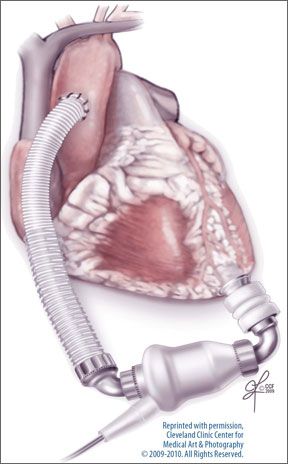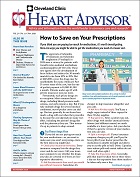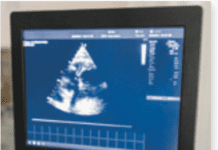When a heart becomes too weak to pump blood effectively throughout the body, a condition known as heart failure, treatment options include medications, such as angiotensin-converting enzyme (ACE) inhibitors or angiotensin II receptor blockers (ARBs), surgery to address the underlying cause of the heart failure, or devices such as implantable cardioverter-defibrillators (ICDs) to help improve and regulate heart activity. But in more severe cases, when a heart transplant may be the only remaining option, a ventricular assist device (VAD) can sustain a patient until a donor heart is available. A VAD essentially takes over the function of your own ventricle and pumps blood from the heart.
To continue reading this article or issue you must be a paid subscriber.
Sign in






